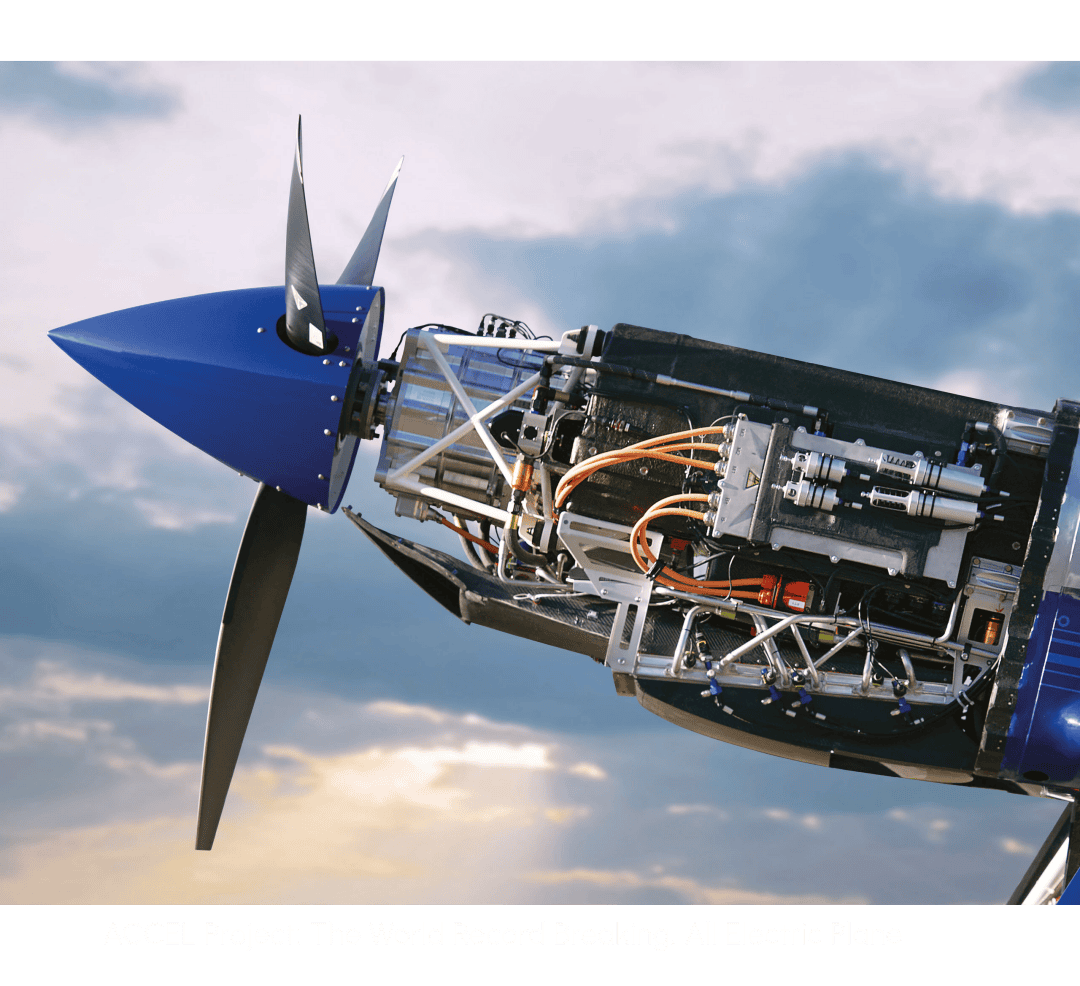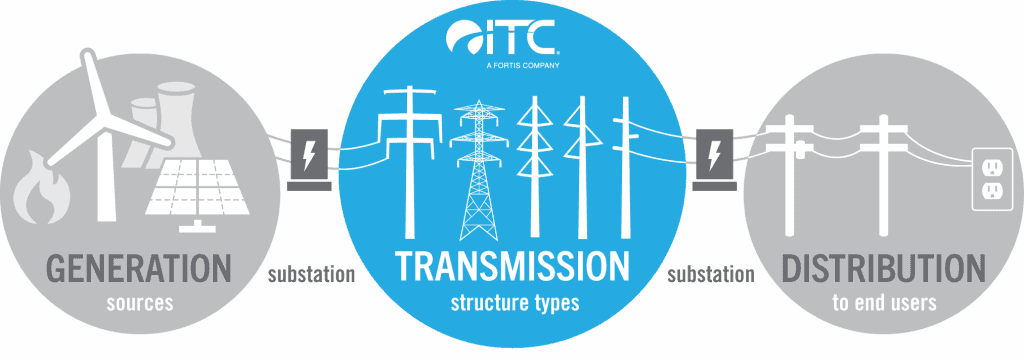CANADA – Experts working in South Korea and Canada have developed a battery cathode that promises to be less expensive and better performing than what’s now in common lithium-ion power packs.
The researchers, from the Korea Advanced Institute of Science and Technology, Ulsan National Institute of Science and Technology, and Canada’s McGill University, arrived at the breakthrough by working with manganese-based disordered rock-salts (DRX), according to a lab report from McGill.
The results include an impressive 40% improvement in energy density, the amount of electricity that can be stored in relation to the battery’s mass or volume. Perhaps more importantly, the scientists estimate that the tech could cut battery costs by 20%, per McGill.
That’s because they have eliminated costly materials from the production line.
“While there are still challenges to commercialization, the development of next-generation cathodes that do not require nickel and cobalt minerals, which are heavily dependent on China, can prepare us for resource weaponization and enhance our enterprises’ global competitiveness,” KAIST professor Seo Dong-hwa, told Business Korea.
In common battery chemistry, lithium ions move between the anode and cathode through a substance called electrolyte. Hard-to-gather metals often used to form the electrodes contribute to battery costs and, in turn, electric vehicle demand. EV battery innovations like DRX can help to expedite adoption of cleaner rides even faster than the record-breaking pace being set in the U.S., per Cox Automotive. Cox predicts 2024 to be the “best year ever” for U.S. EV sales.
Every EV that replaces a fossil-burner eliminates 10,000 pounds of air pollution a year, even when considering current production methods. What’s more, lessening dirty air output can limit our extreme weather risk, according to NASA. The agency links human-caused planet warming to droughts, floods, and other disasters.
That’s why clean-energy breakthroughs in international university labs can make a difference even in your hometown — if the tech proves scalable.
The DRX developers had some work to complete to get it operating reliably. Incorporating multiwalled nanotubes helped them to overcome degradation challenges, Business Korea reported. The team is continuing research to find the best mix of manganese and nanotubes to ensure reliable performance.
“Our findings hold immense promise for the future of lithium-ion battery development, offering a pathway toward more affordable and sustainable energy storage solutions,” McGill professor Jinhyuk Lee said in the McGill lab summary.






